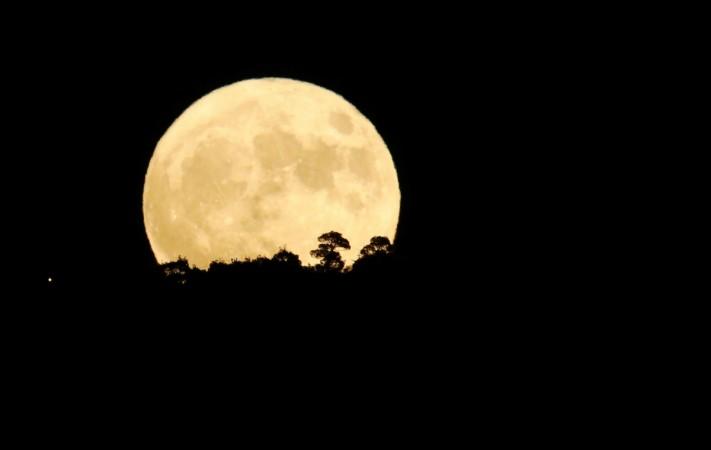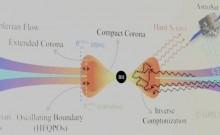
According to a White Paper published by the Chinese government on Tuesday, the country's space agency will launch the Chang'e-4 lunar probe in 2018 to "achieve mankind's first soft landing on the far side of the moon, and conduct in situ and roving detection and relay communications at earth-moon L2 point". L2 being the Lagrange Point in the Earth-Moon system.
Read this: China claims successful test of 'impossible technology'
Up until now, the far side of the moon has only been photographed, albeit in detail, by a series of Soviet and US probes through the 50s and 60s, and seen by the Apollo astronauts.
Pre-space exploration legend had it that the because the far side of the moon always faced away from the Earth and hence could never be seen from our home planet, there could well be a civilization on the moon...hidden from human eyes.
That legend was put to bed after a series of detailed photographs (the Soviets even published an atlas of the far side) showed nothing but craters. Incidentally, the far side is home to one of the solar system's largest craters, the South Pole-Aitken Basin.
One of the advantages of visiting the far side of the moon is to set up a radio telescope, seeing as it is always shielded from radio transmissions being emitted from Earth and hence free of interference.
Astronomers have been pushing for a mission to put a telescope into one of the many craters on the far side since 2002, but the mission has not materialised. Whether that's the eventual aim of the Chinese landing is speculation, at best, at this point.
NASA is also studying a lunar mission that will send a lander to the South Pole-Aitken Basin where it can collect samples which would provide an insight into the moon's interior.
Scientists also believe that because the far side is shielded from solar winds by the Earth, it could house a large concentration of Helium-3 gas, that could be used in future fusion reactors.

















